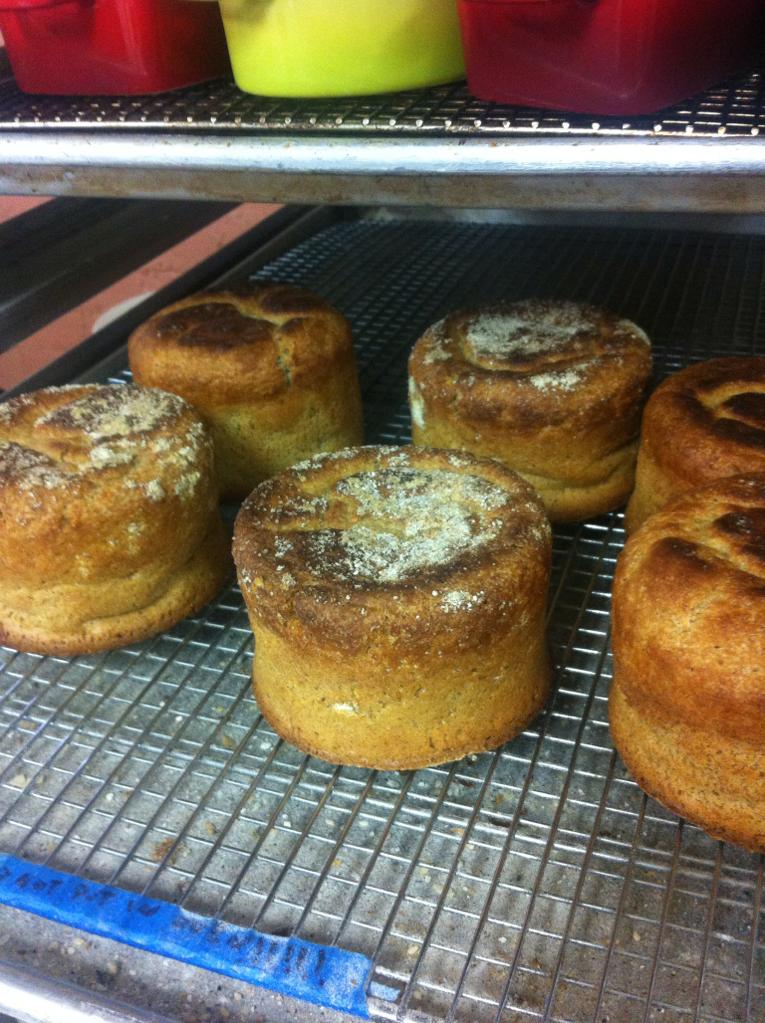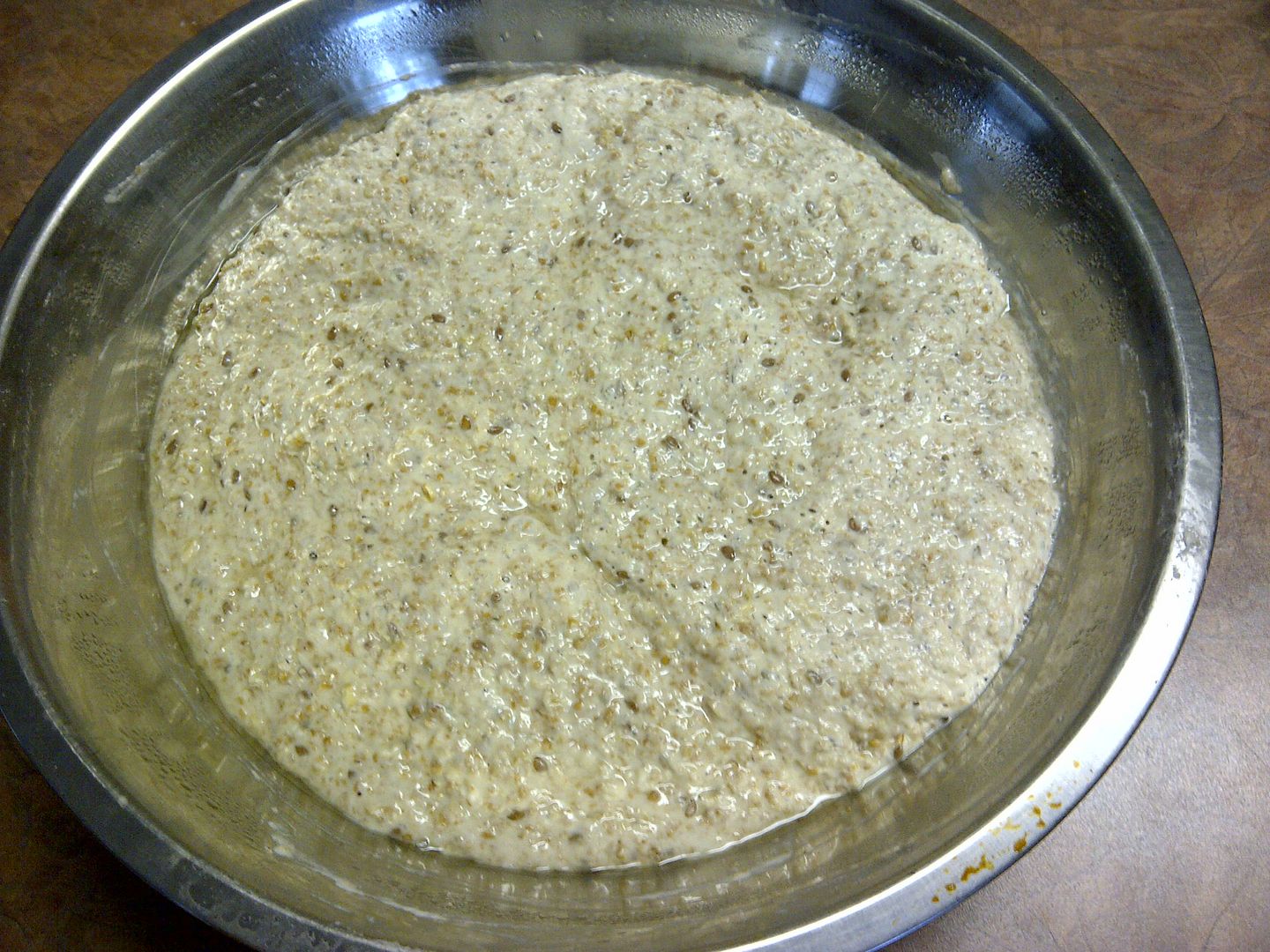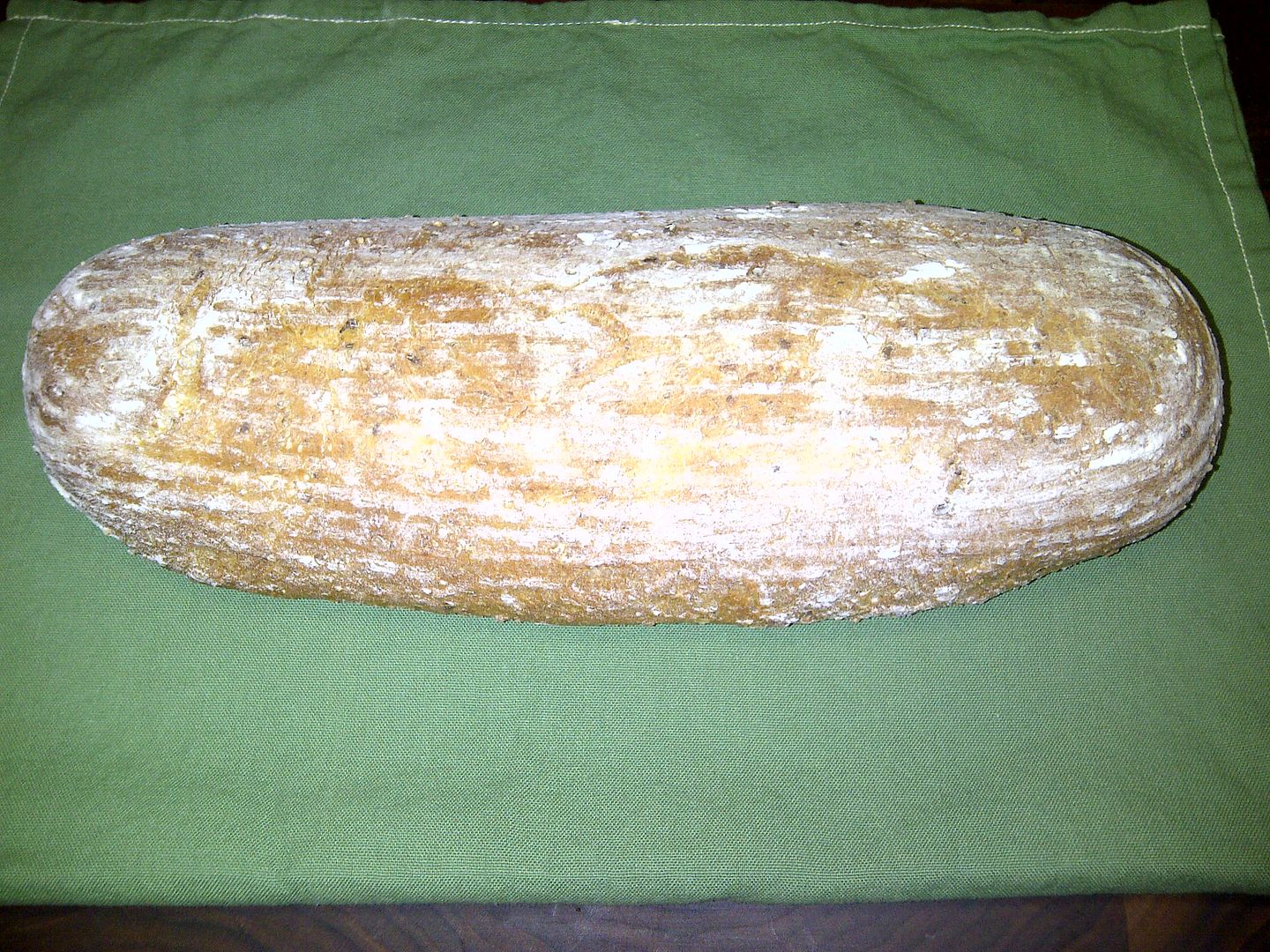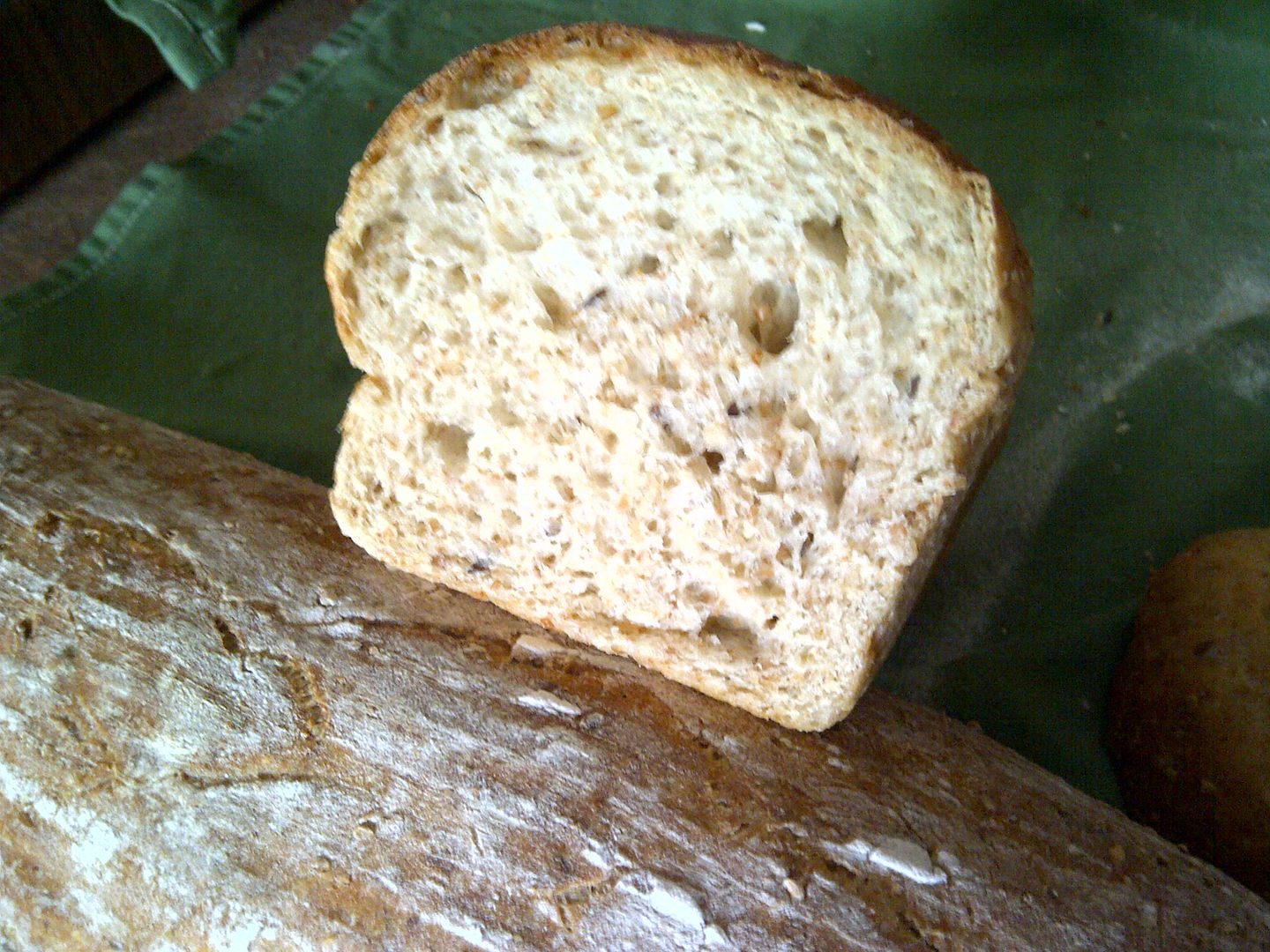Mostly I just want to see how to get there, I usually use a pinch of yeast in with my starter. Around 50% hydration. The starter is fed once a week so I figured that was my main problem. I usually mix rise around 3 hours, shape and rise 2 hours and bake. It turns out really good just no real sour flavor.
Sorry the delay, kinda forgot, lol
Firstly, I would start refreshing the starter at least three days in advance. This will bring new live yeasts and bacteria to the party. Second, I would up,your hydration, to at least 65%. More water makes for more open crumb, and more places for the gasses to move around during fermentation and helping build the flavor.
Third, but not last, slow your fermentation. A longer, slower, cooler fermentation really develops the flavor. I would even suggest retarding the dough in the fridge overnight, 8 hours at least. This can be done prior post shaping, depending on your space. At home I shape and prove till 85% ready, then put in the fridge overnight. Once the bread is at room temp, the proof should be ready and fire. If you retard the whole bulk ferment, bring to room temp before shaping. You might have to do a second fermentation, but this will not be a bad thing. As long as your starter and the yeast you add is healthy, you wont have problems. Just never add more than 3% of yeast by weight of the total weight or you will have yeasty flavors, disguising the sour your looking for.
Try without added yeast and see what happens. Just don't rush it. Demi-sourdoughs are great, but nothing compares to true sourdough.
So in review: keep your starter happy, and well fed well before needing. Raise your hydration by 15%. And SLOW down your fermentation. Hope this helps. Let us knowmhowmit goes.
PS: are you doing at autolyze? This would help too, even a 25 minuet autolyze can make a world of difference










